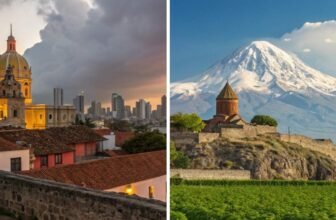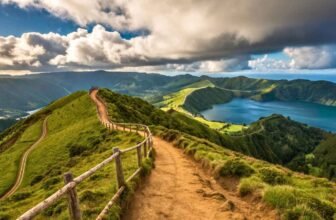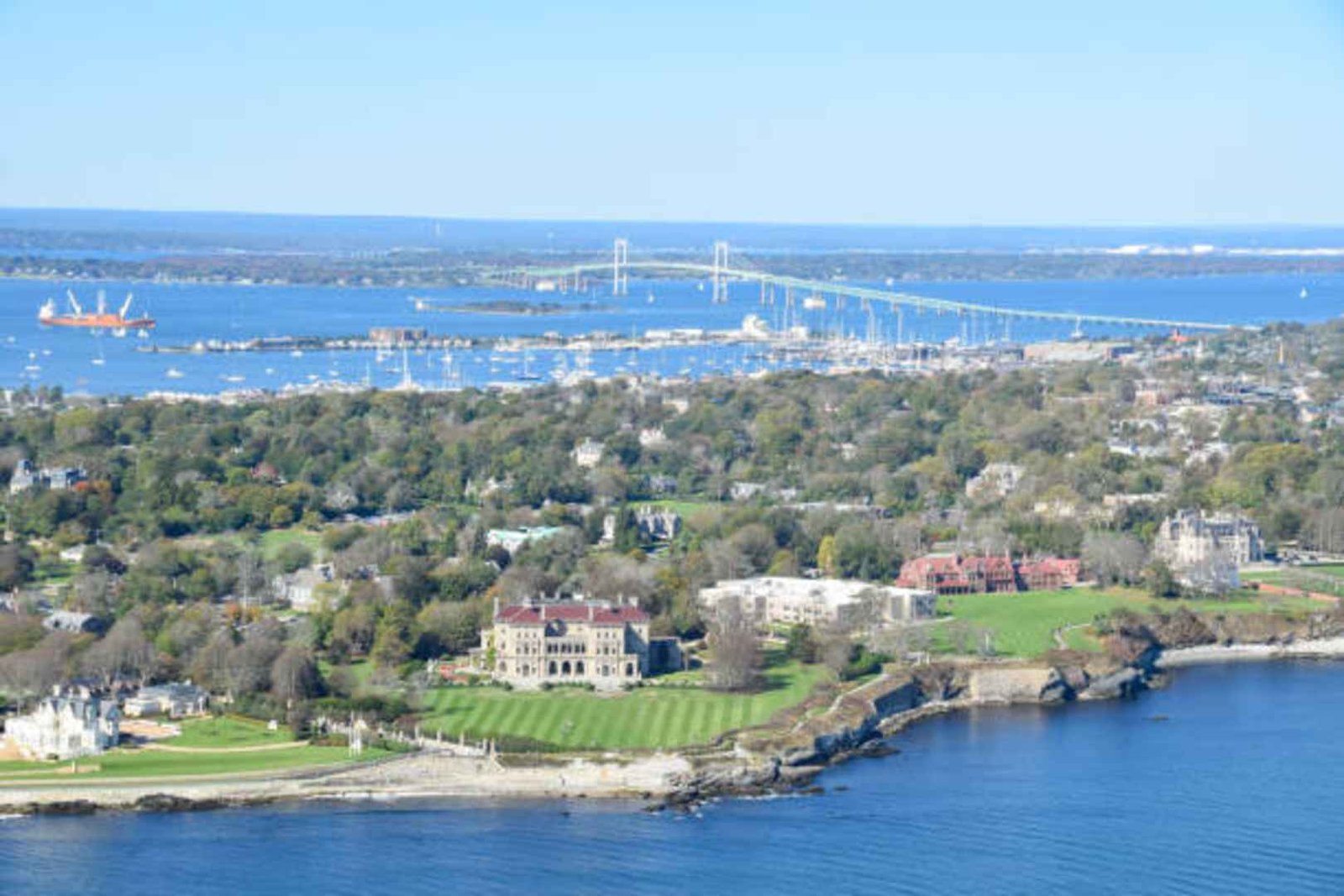
The scent of fresh bread drifts through a cobbled street, laughter spills from a sunlit café, and for a moment, it’s easy to forget you’re still in America. In a world where international escapes feel farther than ever, the allure of old-world charm has found a new home — right here, closer than you think.
These towns capture Europe’s soul without the jet lag, the crowds, or the price tag, offering travelers a taste of timeless beauty and quiet adventure. Ahead lies a journey through storybook streets and cultural echoes — a guide to Europe’s elegance, reimagined on American soil.
1. Leavenworth, Washington — A Bavarian Dream in the Cascades
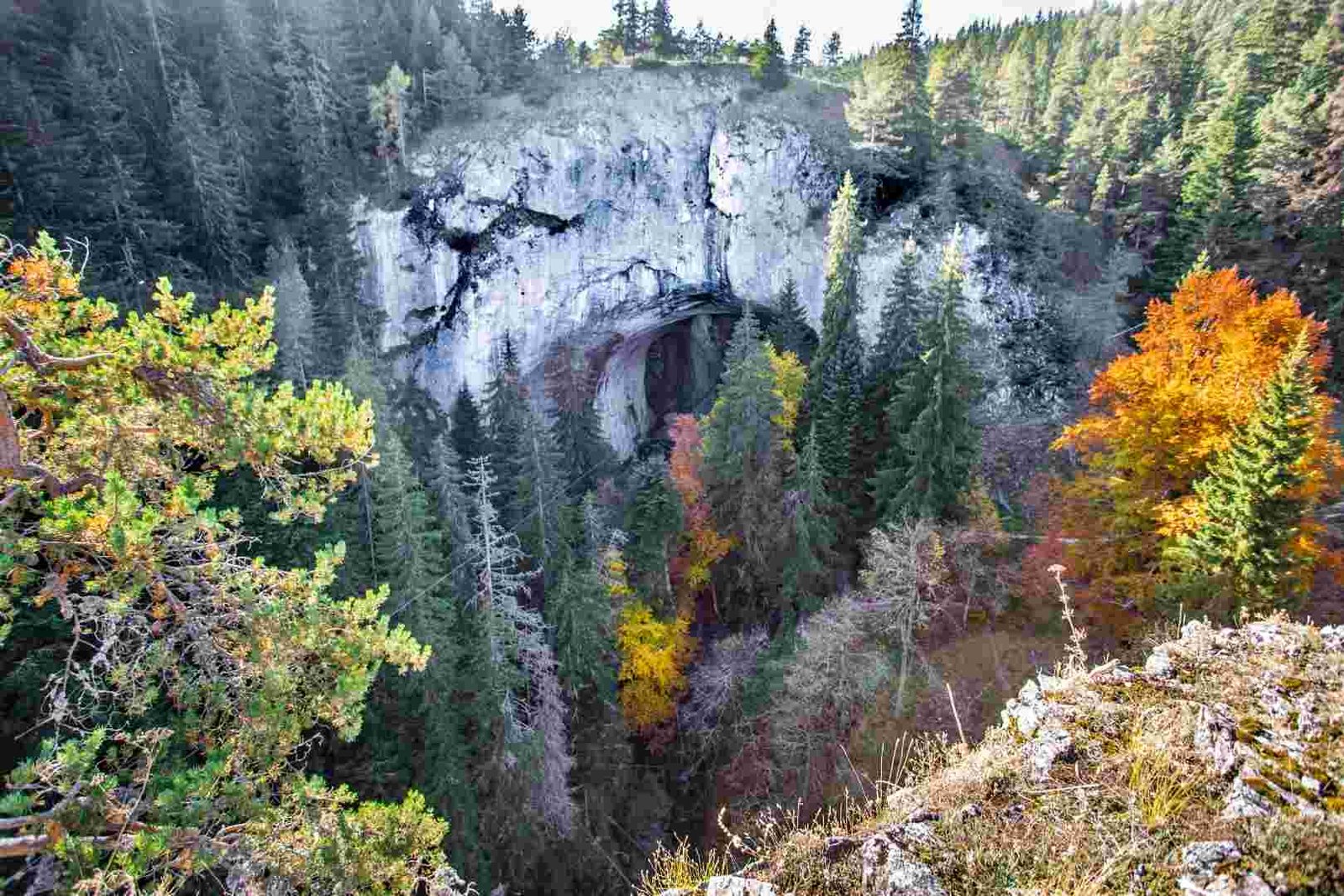
Tucked deep in the Cascade Mountains, Leavenworth feels like a page from a German fairytale. Half-timbered chalets line the streets, adorned with bright flower boxes and intricate wooden balconies that echo the charm of Bavaria’s Alpine villages. The air is crisp and perfumed with pretzels, sizzling bratwurst, and mulled wine — especially during the winter Christmas Lighting Festival, when twinkling lights wrap every building and snowflakes drift like powdered sugar.
My favorite memory here is waking up early to see the first light kiss the surrounding peaks, while accordion music softly played from a nearby café. Locals dressed in dirndls and lederhosen greeted visitors like old friends, and it’s hard not to be swept away by the contagious cheer. A quick stop at the Icicle Brewing Company sealed the experience — sipping craft beer outdoors with mountain views felt almost surreal.
Key Practical Information:
- Peak Season: December (for Christmas festivals) and summer (for hiking and river tubing). Off-peak: Spring and fall for quieter stays with mild weather.
- Getting There: A scenic 2.5-hour drive from Seattle via Highway 2 — ideal for road trippers.
- Ideal Stay: 2–3 days.
- Must-try Experiences: Visit the Nutcracker Museum, hike Icicle Gorge, and attend Oktoberfest.
- Budget: Mid-range; accommodations fill fast during festivals, so book early.
- Cultural Etiquette: Locals love when visitors join in traditional festivities — don’t hesitate to wear Bavarian attire!
- Photography Hotspots: Front Street’s Alpine façades, Icicle Creek, and the Christmas lights at night.
2. Solvang, California — Little Denmark in the Santa Ynez Valley
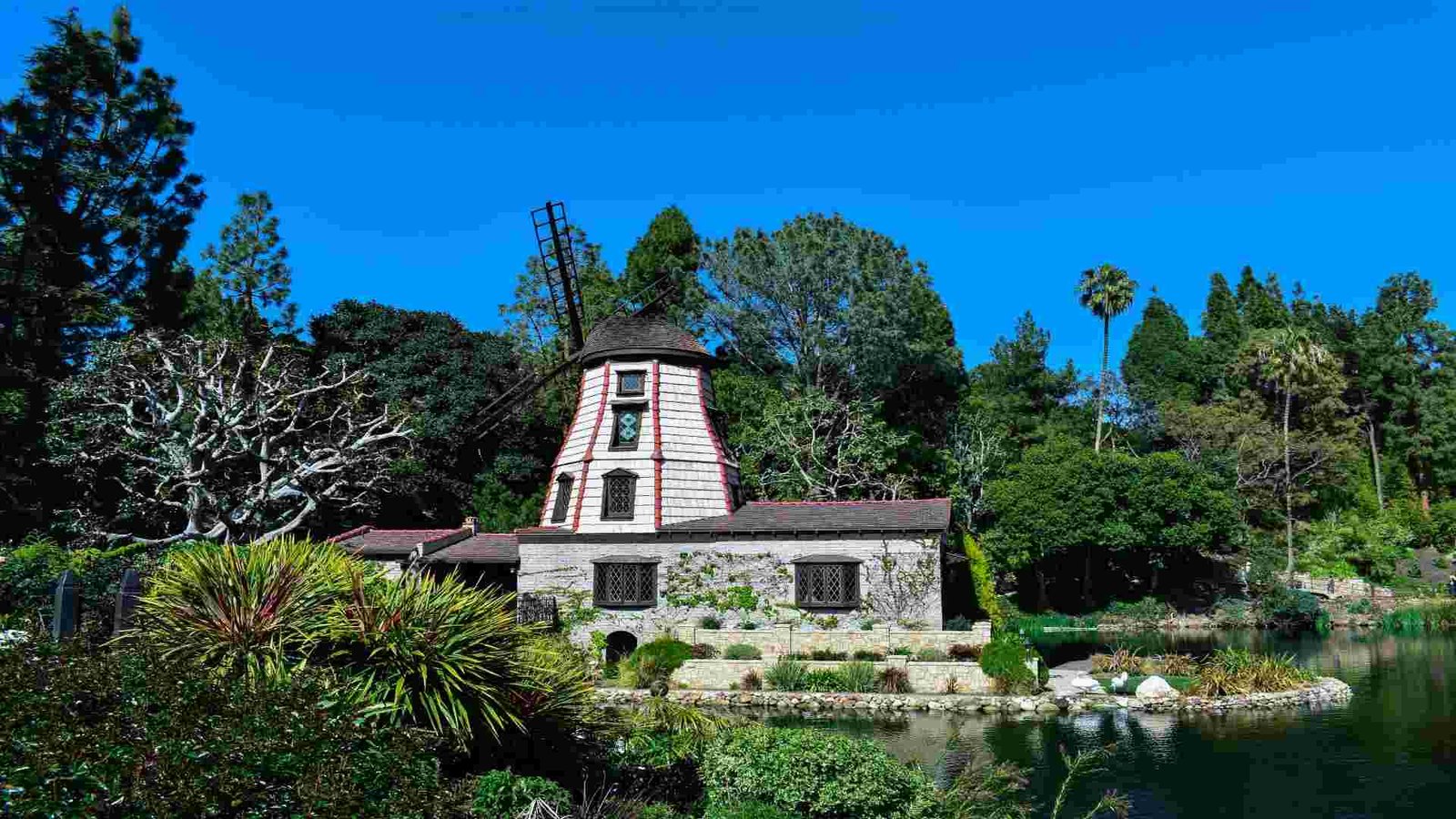
Solvang is where California wine country meets Scandinavian charm. Picture windmills spinning lazily under sunny skies, streets lined with Danish bakeries, and half-timbered shops selling porcelain and lace. Founded by Danish immigrants in the early 1900s, Solvang retains its old-world flavor with a warm, California twist. The scent of buttery æbleskiver fills the air, and horse-drawn carriages clop along cobblestone paths.
What truly captures Solvang’s spirit is its slower pace — I remember sipping coffee outside Olsen’s Danish Village Bakery, watching cyclists roll by with baskets full of pastries. The town feels like an open-air museum, where every corner hides something quaint: a thatched-roof inn, a replica of Copenhagen’s Little Mermaid statue, or a cozy wine-tasting nook. It’s easy to forget you’re just a couple hours north of Los Angeles.
Key Practical Information:
- Peak Season: Spring and fall for perfect weather and fewer crowds. Off-peak: Winter offers festive vibes with the Julefest celebration.
- Getting There: Around 45 minutes from Santa Barbara by car; best explored on foot or by rented bike.
- Ideal Stay: 2 days.
- Must-try Experiences: Sample Danish pastries, visit the Elverhøj Museum, and tour nearby vineyards.
- Budget: Moderate; affordable lodging options abound.
- Cultural Etiquette: Greet shopkeepers warmly — Danish hospitality is part of the experience.
- Photography Hotspots: The windmills, Mission Santa Inés, and vineyard sunsets.
3. Helen, Georgia — The Alps in Appalachia
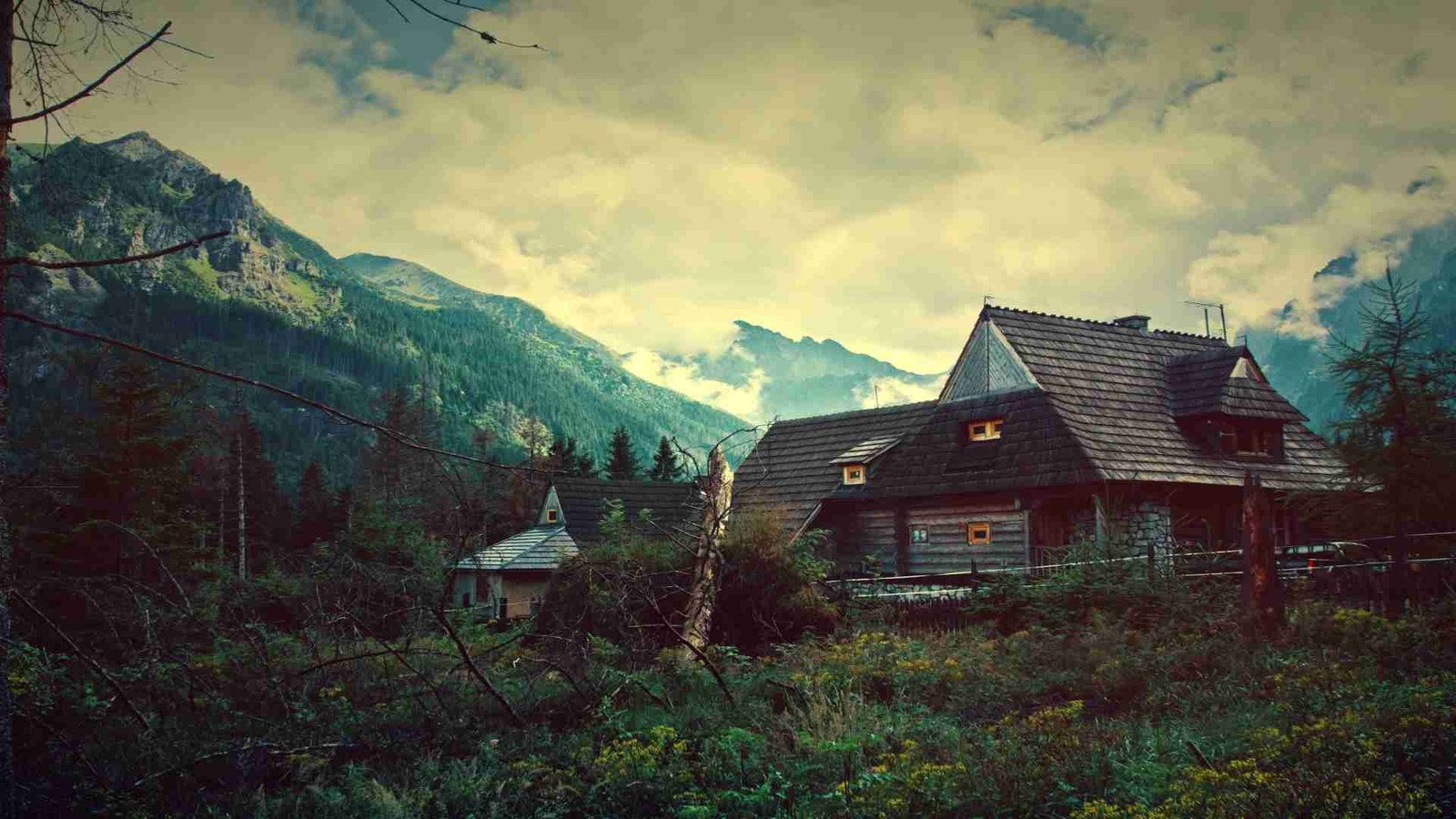
Driving into Helen feels like stumbling upon an Alpine village nestled in the Blue Ridge Mountains. Colorful Bavarian-style façades, cobbled alleys, and the sound of rushing Chattahoochee River create a sense of whimsical escape. The town’s transformation in the 1960s from a fading logging town to a Bavarian wonderland is one of the most charming comeback stories in America.
I still recall floating lazily down the Chattahoochee on a summer afternoon, surrounded by laughter and the faint aroma of sausages grilling downtown. Later that evening, I joined locals for music and beer under string lights — the kind of night that makes time feel suspended. Helen’s small scale adds to its intimacy; it’s as if every guest becomes part of the town’s extended family.
Key Practical Information:
- Peak Season: Fall (for vibrant foliage and Oktoberfest). Off-peak: Winter, when snow dusts the rooftops.
- Getting There: About 1.5–2 hours from Atlanta by car. Compact enough to explore on foot.
- Ideal Stay: 2–3 days.
- Must-try Experiences: Oktoberfest celebrations, tubing down the Chattahoochee, and exploring Anna Ruby Falls.
- Budget: Budget-friendly, with plenty of cabin rentals and inns.
- Cultural Etiquette: Locals appreciate respect for the town’s family-oriented vibe — it’s festive but friendly.
4.Venice, California — The American Riviera
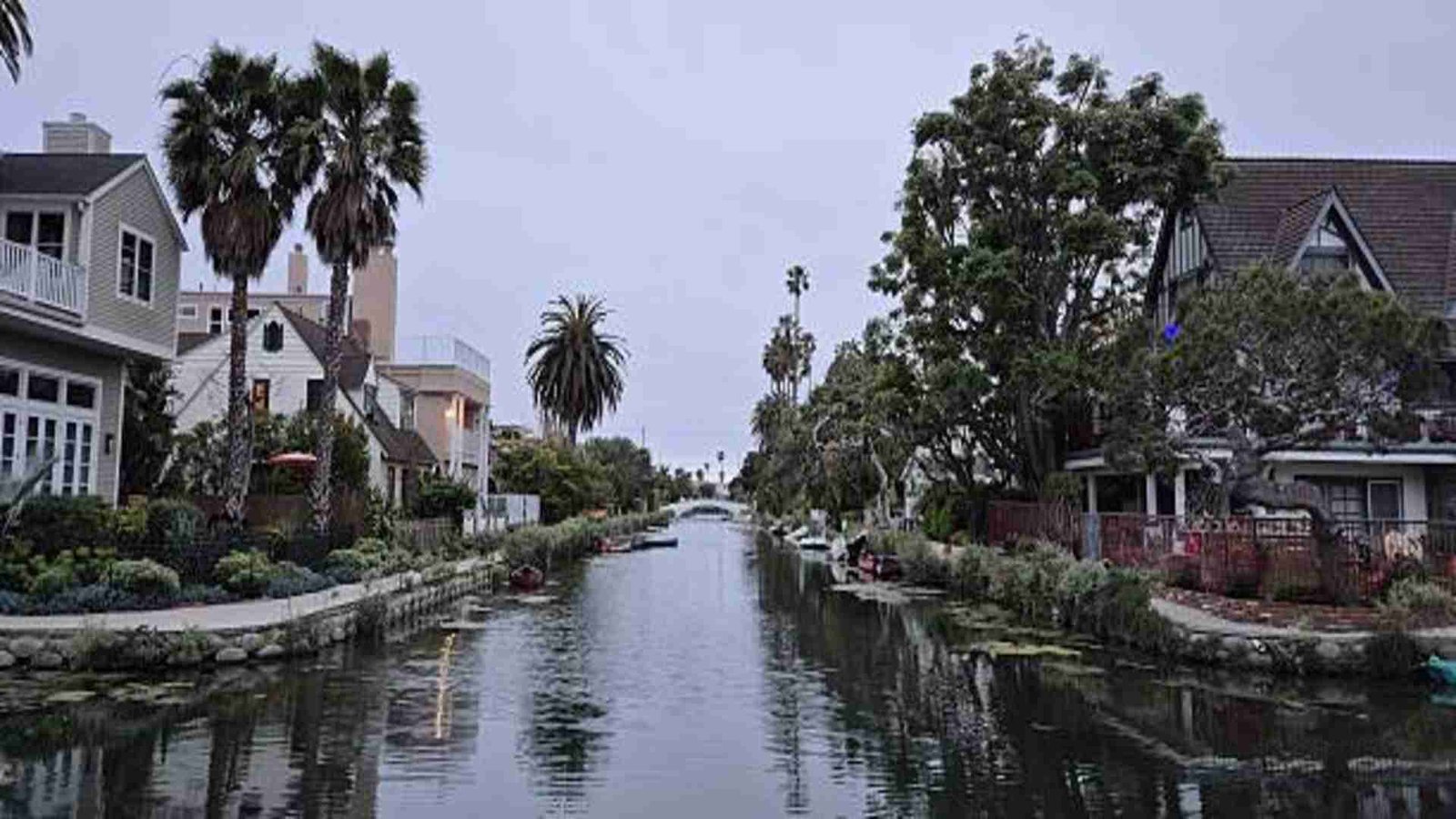
Set amidst rolling green hills, New Glarus is the embodiment of Swiss serenity. Founded by Swiss settlers in 1845, it has preserved its Alpine traditions through food, music, and architecture. Chalet-style buildings, flower-lined balconies, and hearty fondue spots make it feel straight out of the Swiss countryside. The town’s pride in its roots is palpable — every street corner hums with authenticity.
My fondest moment in New Glarus was at the New Glarus Brewery, where locals gathered under sunny skies to enjoy craft beer that rivals Europe’s best. Nearby, the Swiss Historical Village transported me back in time, while the sound of cowbells during the Wilhelm Tell Festival made me smile. There’s an easy warmth here that feels rare and deeply human.
Key Practical Information:
- Peak Season: Summer and fall; mild temperatures and cultural festivals abound.
- Getting There: About 30 minutes from Madison, WI. Best explored by car and on foot.
- Ideal Stay: 2 days.
- Must-try Experiences: Sample local cheese, visit New Glarus Brewing Co., and attend the Swiss Volksfest.
- Budget: Moderate; good mix of affordable inns and B&Bs.
- Cultural Etiquette: Be respectful of traditions — locals take great pride in their Swiss heritage.
- Photography Hotspots: Chalet architecture, brewery grounds, and the Swiss Historical Village.
5. St. Augustine, Florida — A Slice of Spain on the Atlantic
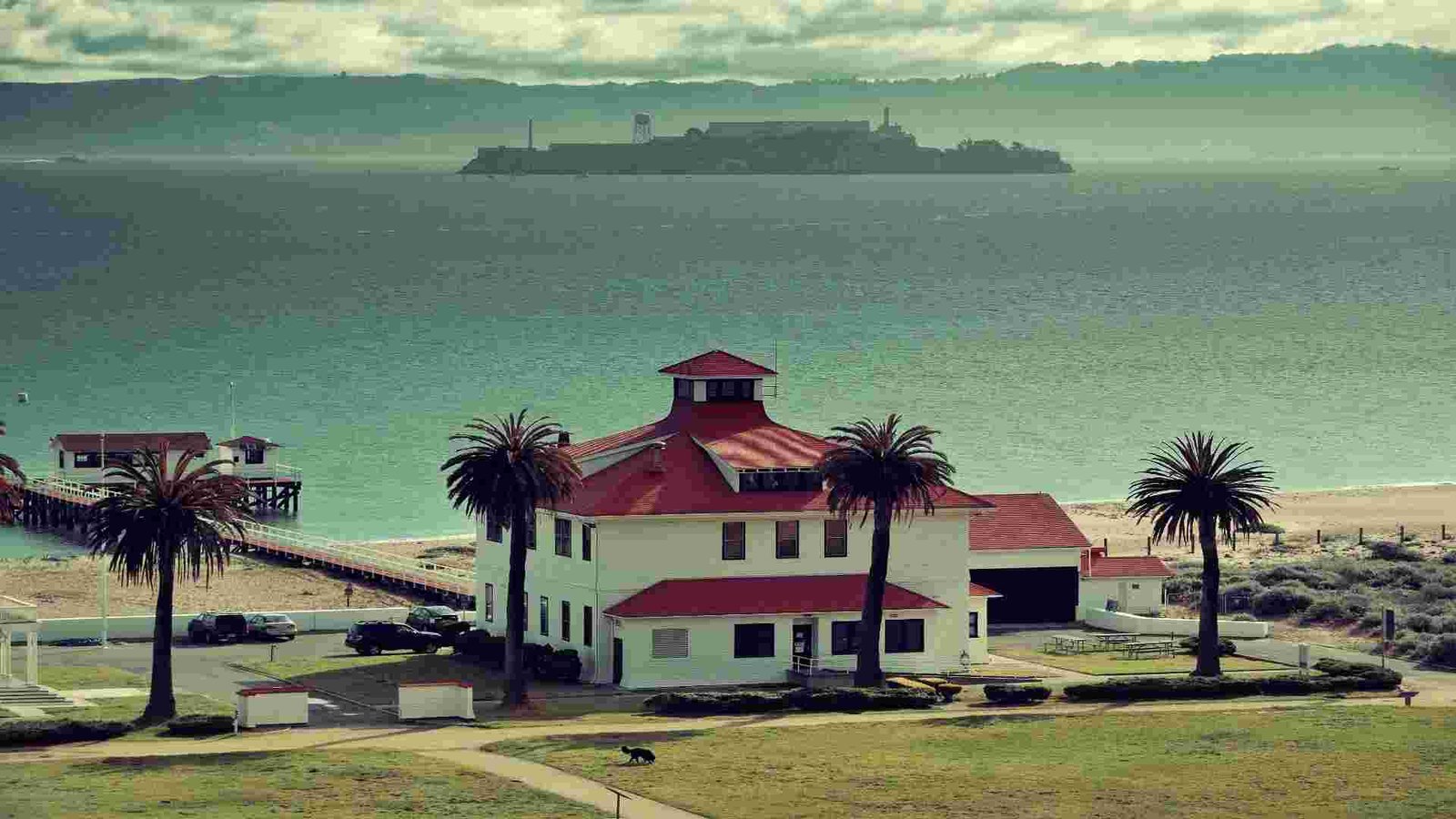
As the oldest city in America, St. Augustine exudes European soul with a Spanish heartbeat. Strolling its narrow cobblestone streets, you’ll pass wrought-iron balconies, old stone walls, and fountains that whisper tales from the 16th century. The Castillo de San Marcos, with its weathered coquina walls, stands as a reminder of Spain’s early foothold in the New World.
During my visit, I spent a magical evening in the historic district — lanterns glowing, musicians playing Spanish guitar, and the ocean breeze carrying the scent of salt and citrus. The fusion of old and new, where tapas bars coexist with centuries-old cathedrals, makes every moment cinematic.
Key Practical Information:
- Peak Season: Winter and spring for mild weather. Off-peak: Summer can be humid but lively.
- Getting There: About 45 minutes from Jacksonville or 1.5 hours from Orlando by car.
- Ideal Stay: 3–4 days.
- Must-try Experiences: Explore Castillo de San Marcos, dine at Columbia Restaurant, and stroll along St. George Street.
- Budget: Moderate to upscale; historic inns and boutique hotels offer great value.
- Cultural Etiquette: Respect historic landmarks — many are active preservation sites.
- Photography Hotspots: Castillo at sunset, Flagler College courtyard, and the old town streets at night.
6. Frankenmuth, Michigan — A German Christmas That Never Ends
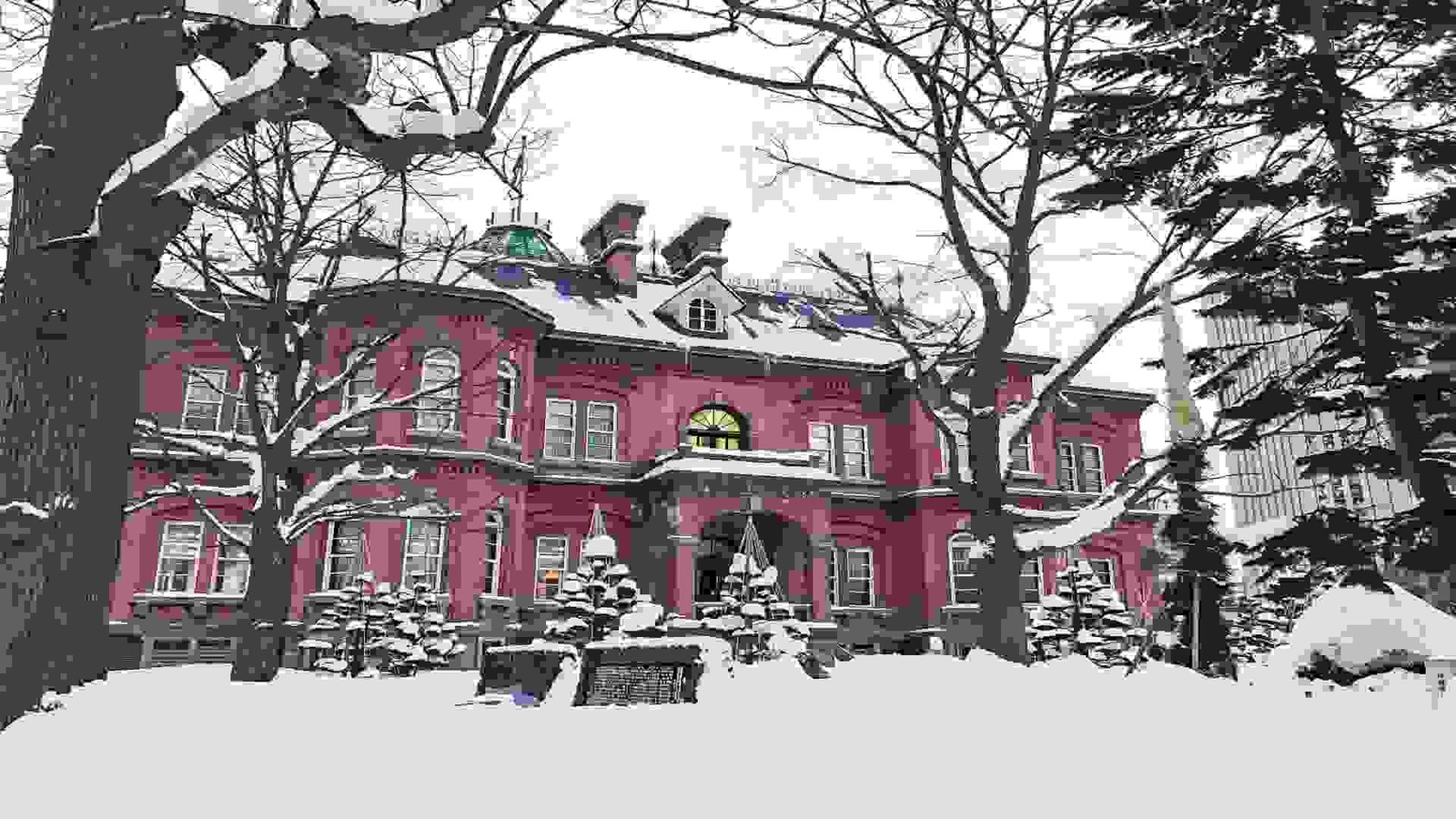
Frankenmuth isn’t just “Little Bavaria” — it’s Christmas all year long. Known for Bronner’s Christmas Wonderland, the world’s largest holiday store, this Michigan gem feels like December 25th no matter the date. But beyond the tinsel and twinkle lights lies a town that thrives on heartfelt community spirit and hearty German fare. Imagine strolling past the covered wooden bridge as polka music drifts through the air, or sharing a plate of crispy chicken at Zehnder’s with locals who insist it’s “better than grandma’s.”
What makes Frankenmuth remarkable is its everyday magic — the kind that lives in candlelit shop windows, laughter echoing from horse-drawn carriages, and the simple joy of discovering Christmas ornaments shaped like pretzels. Visit in early autumn and you’ll witness another side: golden leaves framing gingerbread-style architecture, and the calm before the holiday storm.
Insider Snapshot:
- Best Moment: Riding the Bavarian Belle Riverboat at dusk.
- When to Go: Anytime — but December is pure enchantment.
- Stay & Spend: Family-run inns and festive B&Bs; mid-range prices.
- Don’t Miss: Try authentic German beer at the Frankenmuth Brewery and explore the Silent Night Chapel replica.
- Vibe: Cheerful, kitschy, nostalgic — like stepping into a snow globe.
7. Vail, Colorado — A Swiss Village for All Seasons
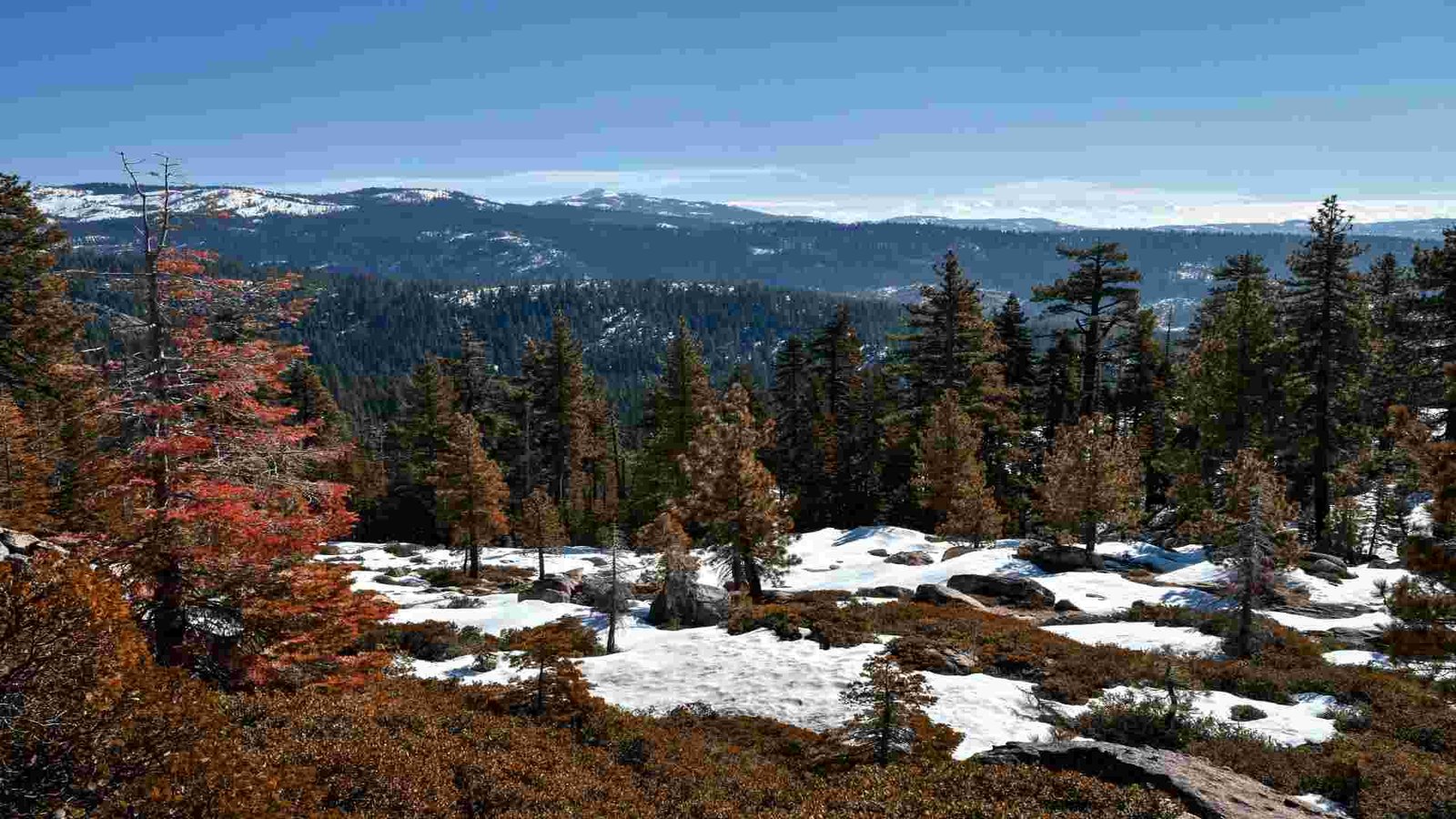
Everyone knows Vail for its luxury ski slopes, but few realize it was designed in the 1960s to emulate Swiss alpine villages — complete with car-free cobblestone streets, chalet rooftops, and flower-draped balconies. But beyond the postcard-perfect winter scenes, Vail’s true soul reveals itself in the off-season. When the snow melts, meadows bloom, rivers rush, and the mountains glow in soft greens and golds.
Imagine sipping coffee on a balcony overlooking the Gore Creek trail in late June — mountain bikers pass below, bells from nearby goats ring softly, and the air smells like pine and wildflowers. It’s Europe by way of the Rockies, where après-ski culture meets American adventure.
Travel Takeaways:
- Best Time: Summer for hiking and festivals; winter for skiing and fireside wine.
- How to Get There: Fly into Denver, then enjoy a scenic 2-hour drive west through mountain passes.
- Stay: Boutique lodges and luxury resorts dominate, but off-season deals can surprise you.
- Unique Experience: The Vail Farmers’ Market & Art Show — think Swiss market meets Colorado charm.
- Why Go: It’s a European escape that doesn’t need a passport — or a ski pass to be stunning.
8. Providence, Rhode Island — America’s Little Florence
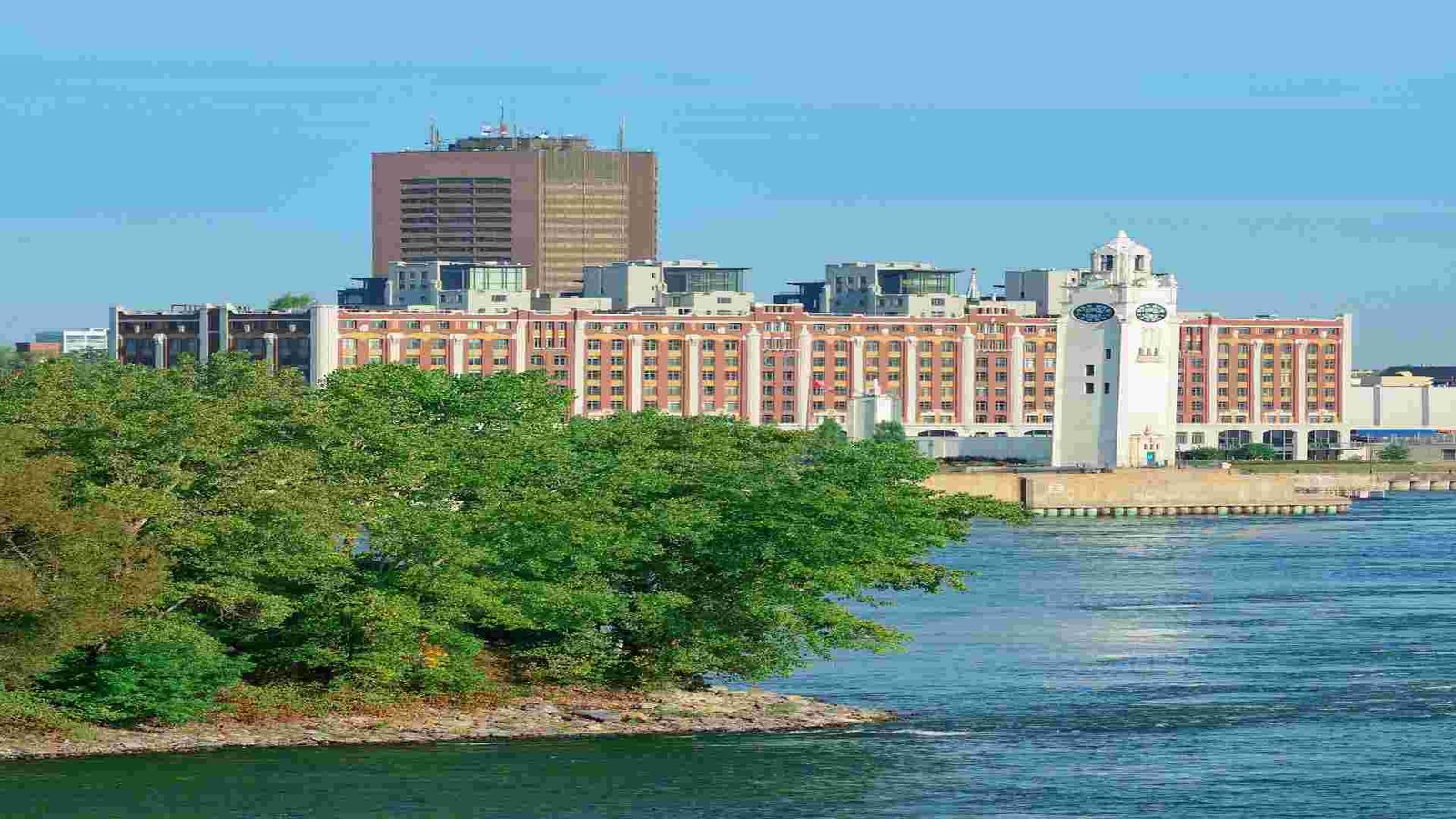
Carmel is the kind of place that feels like it shouldn’t exist — a seaside town where storybook cottages meet rugged coastal cliffs. Built with European whimsy and California soul, this village is part English hamlet, part French artist retreat. Even its rules are quirky: no street addresses, no neon signs, and dogs are treated better than most tourists.
Come for the architecture, but stay for the slow magic — the sound of waves mixing with jazz drifting from hidden courtyards. I remember ducking into Tuck Box Tea Room, a thatched-roof café that looks straight out of Sussex, and feeling like I’d stepped through time. Then, a short stroll later, you’re at Carmel Beach, watching the Pacific crash against white sands under an amber sunset.
Essential Impressions:
- Best Season: Spring or fall — fewer crowds, golden light, perfect walks.
- Budget: Upscale, but even window shopping feels indulgent here.
- Local Secret: Follow locals to Point Lobos Reserve — dubbed “the crown jewel of the coast.”
- Must Do: Gallery-hop along Ocean Avenue, sip California Pinot in a hidden courtyard, and lose yourself in the fairytale lanes.
- Mood: Artistic, romantic, dreamlike — like wandering through a European storybook painted by the sea.
9. Newport, Rhode Island — Where America Wears Its European Heirloom
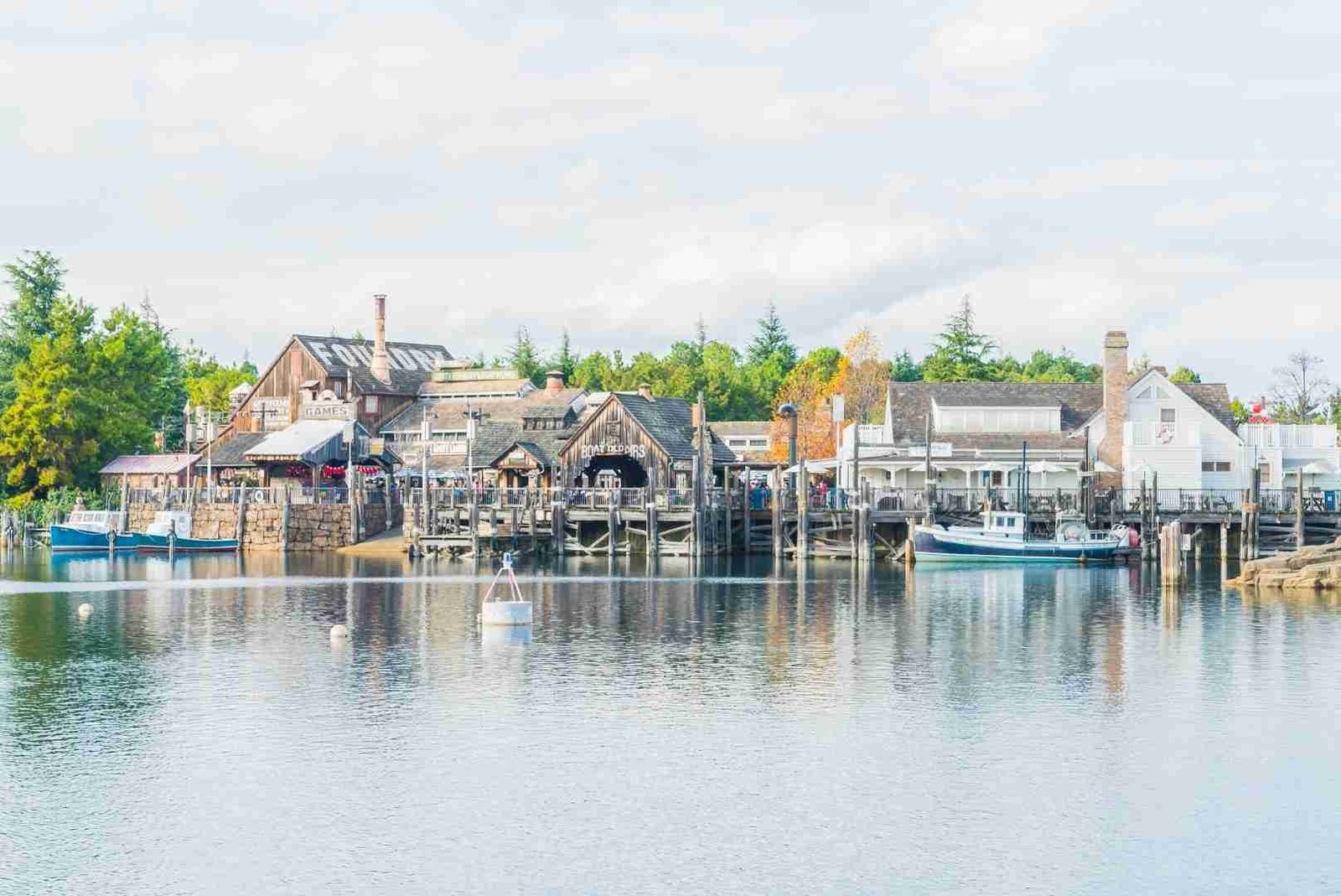
Newport may be known for its Gilded Age mansions, but beneath the opulence lies a distinct Old World charm inspired by European aristocracy. The Breakers, Marble House, and Rosecliff — these aren’t just estates, they’re America’s love letters to Italian palazzos and French châteaux. Walking the Cliff Walk, where the Atlantic roars against stone walls, feels like pacing the edges of the Amalfi Coast — but with a New England chill.
Newport shines brightest in the in-between moments: morning light over Bowen’s Wharf, sailboats slicing through fog, or a jazz band echoing through cobblestone alleys during summer festivals. It’s the type of place where you half-expect to see a powdered wig at the next table — yet everyone’s wearing flip-flops.
Need-to-Know Notes:
- Go: Late spring to early fall for warm weather and sailing season.
- Access: 90 minutes from Boston by car; best explored by foot and ferry.
- Top Picks: Mansion tours, cliffside strolls, and sunset harbor cruises.
- Budget Tip: Lodging can be steep — consider weekday stays or cozy B&Bs inland.
- Aesthetic Appeal: European architecture meets coastal drama — pure photographer’s gold.
10. Tarpon Springs, Florida — Greece Hidden in the Sunshine State
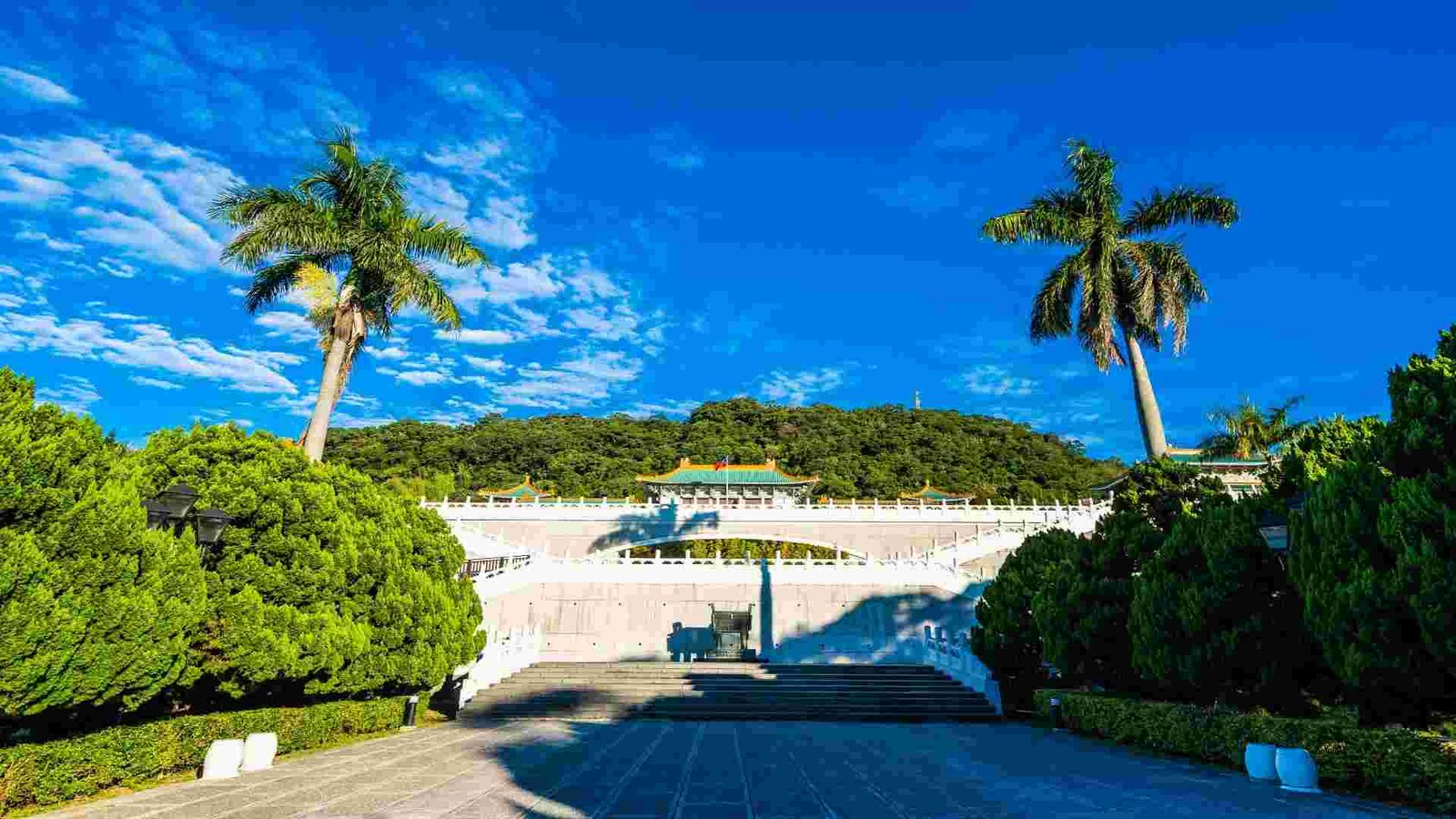
If you close your eyes in Tarpon Springs, you’ll hear Greek being spoken, smell grilled octopus, and taste honey-soaked baklava that rivals anything in Athens. This small Florida town was founded by Greek sponge divers over a century ago, and their heritage still pulses through every street. The sponge docks remain the heart of town — lined with blue-and-white tavernas, Orthodox churches, and boats that look lifted straight from the Aegean.
Visit on a warm afternoon, and you might find locals dancing to bouzouki music as fishermen unload the day’s catch. It’s one of those rare American towns that feels completely transportive — not because it imitates Europe, but because it is authentically Greek in spirit and rhythm.
Experience Brief:
- When to Visit: Winter and spring for mild, sunny weather (summer can be humid).
- Getting There: 45 minutes from Tampa; best explored by foot near the docks.
- Worth Trying: Sponge diving tour, authentic Greek coffee, and flaming saganaki at Dimitri’s.
- Cost Range: Affordable dining, moderate lodging — budget-friendly overall.
- Photography Gems: The blue-domed St. Nicholas Cathedral, sponge boats, and sunset at the Anclote River.
- Character: Vibrant, flavorful, proudly Greek — a Mediterranean village thriving under the Florida sun.
11. Holland, Michigan — Where Tulips and Windmills Whisper Dutch Dreams
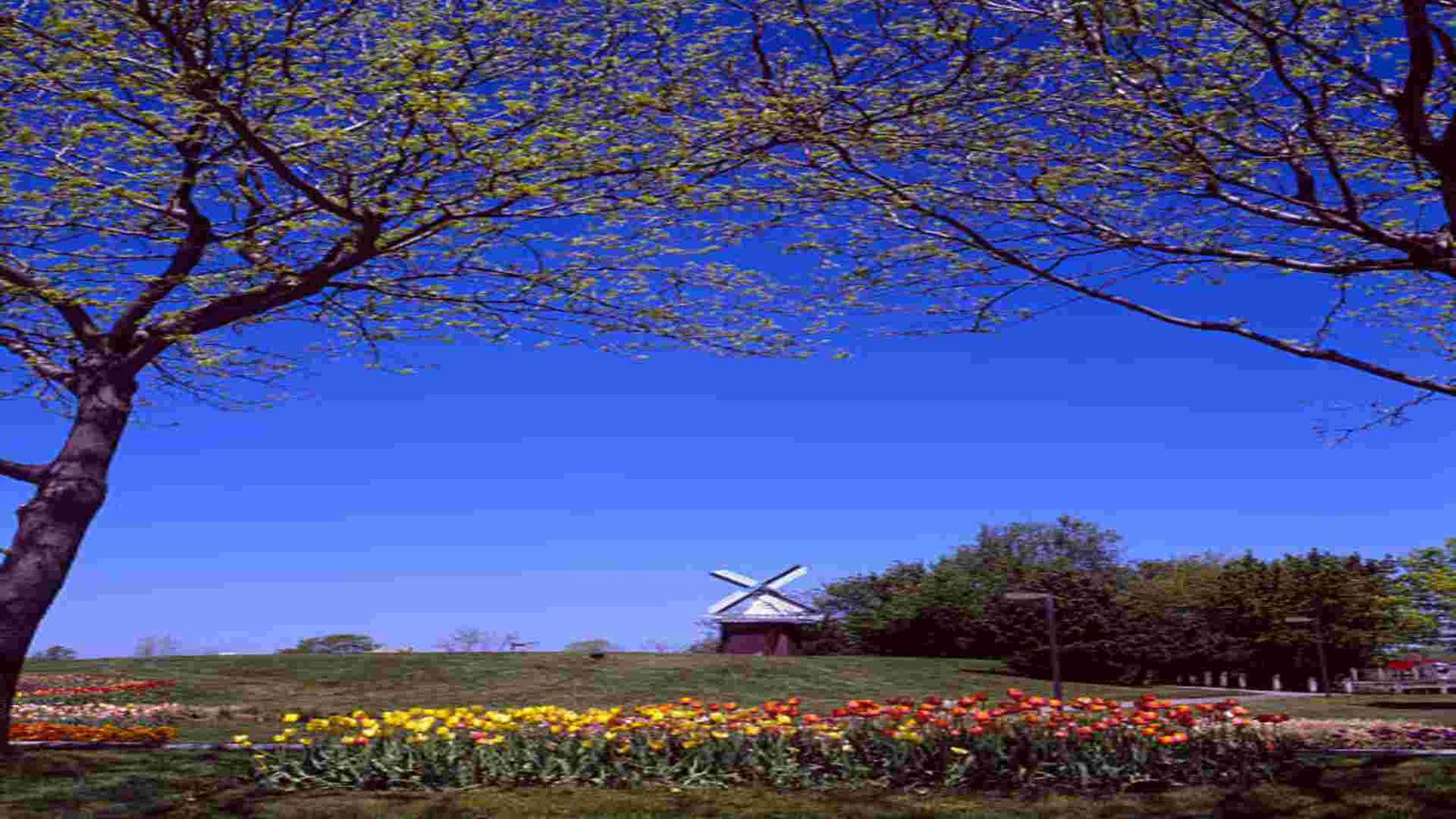
Step into Holland, Michigan, and you’ll feel as if you’ve crossed the Atlantic into the Netherlands—no passport required. This lakeside gem on the shores of Lake Michigan radiates Dutch charm at every turn, from its storybook windmills and cobblestone streets to the cheerful bursts of tulips that paint the town in springtime hues of red, gold, and violet.
Founded in the 1840s by Dutch settlers, Holland proudly celebrates its heritage in every detail. The De Zwaan Windmill, an authentic 250-year-old Dutch windmill brought over from the Netherlands, stands gracefully on Windmill Island Gardens—a living symbol of tradition turning gently in the Midwestern breeze. In May, the Tulip Time Festival transforms the town into a living painting, with millions of blossoms, parades, and dancers in wooden clogs filling the air with color and joy.
Downtown Holland blends old-world warmth with contemporary flair. Boutique shops, cozy cafés, and craft breweries line the flower-adorned streets, while nearby Lake Michigan beaches add a touch of coastal serenity. Even in winter, when snow dusts the Dutch-style architecture and gas lamps glow against the cold, the town retains its storybook magic.
Holland is more than a celebration of heritage—it’s a gentle invitation to slow down and savor beauty. Here, windmills whisper stories of the past, tulips sway like watercolor dreams, and every corner reminds visitors that timeless charm can bloom right in the heart of America.
12. Lindsborg, Kansas — The Swedish Heart of the American Plains
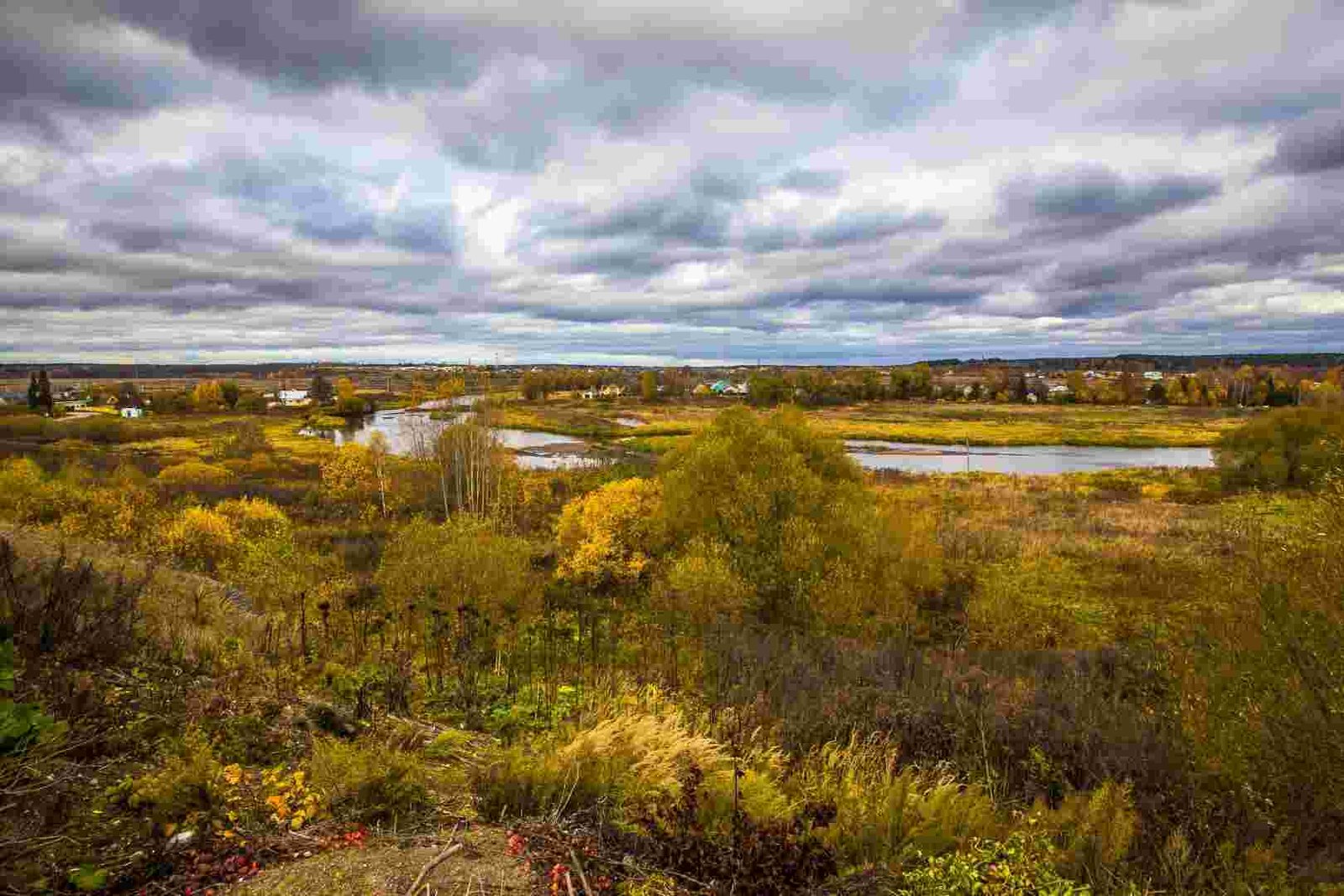
Set among the golden fields of central Kansas, Lindsborg—affectionately known as Little Sweden USA—is a delightful blend of Scandinavian charm and Midwestern hospitality. Founded in 1869 by Swedish immigrants, this small town proudly preserves its heritage through its vibrant culture, colorful festivals, and welcoming spirit that makes visitors feel instantly at home.
Every corner of Lindsborg tells a story of tradition. Brightly painted Dala horses, the symbol of Swedish folk art, stand proudly throughout the town, their intricate patterns adding color to the brick-lined streets. The downtown district is lined with boutique shops, art galleries, and bakeries where the scent of cardamom pastries drifts through the air. Local artisans craft hand-carved keepsakes, while Swedish flags flutter gently against the Kansas sky—a cheerful reminder of the town’s roots.
The spirit of celebration runs deep here. Every two years, Lindsborg bursts into life for the Svensk Hyllningsfest, a festival honoring the town’s founders with music, dancing, traditional costumes, and authentic Nordic food. Visitors are invited to join in—the laughter, the folk tunes, and the warm hospitality that makes this community so special. Even outside of festival days, you can catch the rhythm of heritage at the Old Mill Museum, explore the charming Birger Sandzén Memorial Gallery, or simply enjoy the peace of the Smoky Hill River winding nearby.
13. Hermann, Missouri — Old World Wine, Midwest Soul
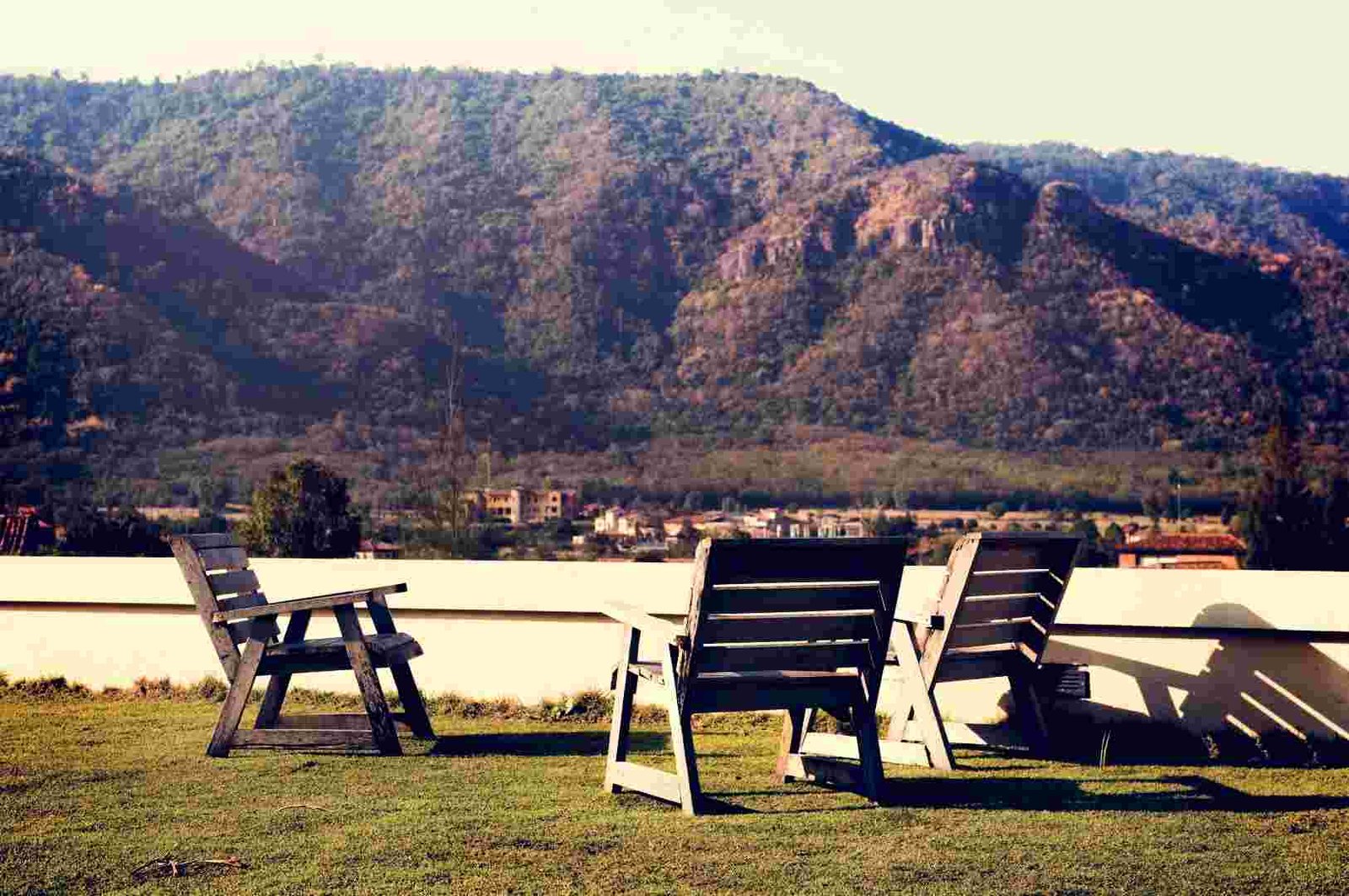
Tucked along the scenic bluffs of the Missouri River, Hermann feels like a little piece of 19th-century Europe hidden in the American heartland. Founded by German immigrants in the 1830s, this picturesque town still radiates the charm of its heritage — from half-timbered architecture and brick wine cellars to the lively strains of polka music drifting through the streets during annual festivals.
At the heart of Hermann’s allure is its wine culture, deeply rooted in Old World traditions. The Hermann Wine Trail winds through rolling vineyards and family-run wineries like Stone Hill and Hermannhof, where cobblestone courtyards and candlelit tasting rooms evoke the spirit of the Rhine Valley. Here, winemaking is more than a craft — it’s a legacy, passed down through generations and infused with Midwestern warmth.
Beyond the vineyards, Hermann captures a soulful blend of heritage and hospitality. Its historic downtown, lined with antique shops, cozy inns, and Bavarian-inspired eateries, invites slow wandering. The scent of fresh pretzels and hearty German fare fills the air, especially during Oktoberfest and Maifest, when the town bursts into color and song.
Surrounded by vine-covered hills, river views, and pastoral tranquility, Hermann embodies a timeless balance — where Old World refinement meets Midwest simplicity. It’s not just a destination for wine lovers; it’s a place to savor history, culture, and connection in every sip and every sunset.
Conclusion:
You don’t have to cross the Atlantic to stroll cobblestone streets, admire centuries-old architecture, or savor café culture that feels straight out of Europe. From alpine villages to coastal hideaways, these 13 American towns capture the charm, romance, and elegance of Europe — all without the passport hassle or sky-high airfare. Whether you crave Bavarian coziness, Mediterranean flair, or a Parisian-style escape, each destination offers a taste of the Old World close to home. So pack your bags, fuel your wanderlust, and discover just how magical the USA can feel — no jet lag required


